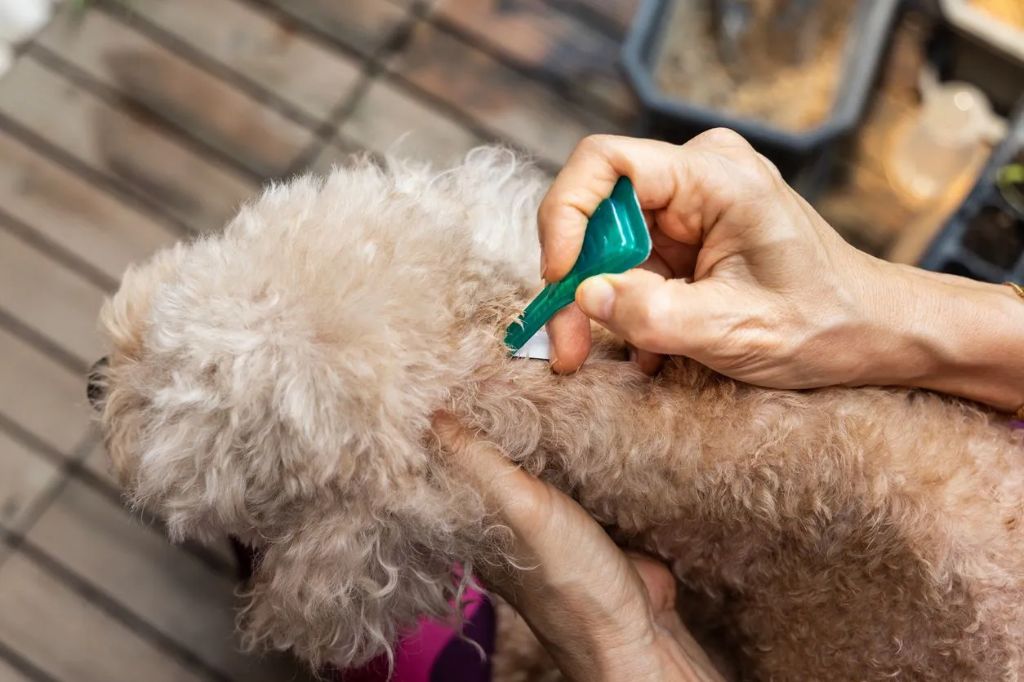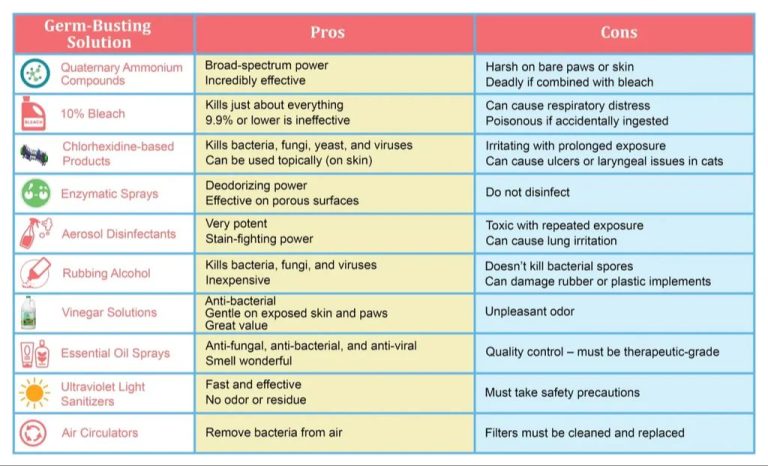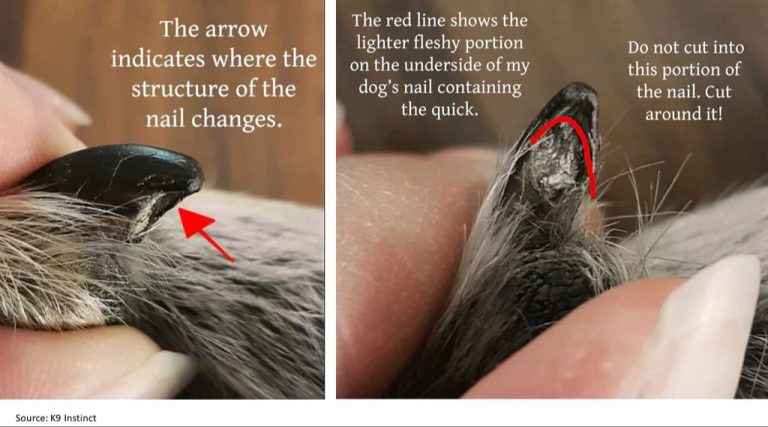Safe And Effective Flea And Tick Prevention For Dogs
Flea and tick prevention is crucial for keeping dogs healthy and free of dangerous parasites. Fleas and ticks live by feeding on animal blood, which puts dogs at risk of diseases, discomfort, and even anemia in severe infestations. These pests can also bite and affect human family members.
Some of the dangers posed by fleas and ticks include transmission of illnesses like Lyme disease, Rocky Mountain spotted fever, bartonellosis, ehrlichiosis, and tapeworms. They can also cause flea allergy dermatitis and anemia from excessive blood loss. Pets and homes become infested from exposure outdoors or in untreated environments.
Preventing flea and tick infestations protects the health and comfort of dogs and their owners. There are many safe and effective medications, collars, shampoos, and home treatment options. Understanding the flea and tick life cycles and using comprehensive prevention allows pet owners to control these pests. Consistent monthly use of high-quality preventatives, combined with home treatment, provides the best protection.
Health Risks of Fleas and Ticks
Fleas and ticks can spread a number of dangerous diseases to dogs. According to the AKC, some of the most concerning tick-borne diseases for dogs include Lyme disease, Ehrlichiosis, Anaplasmosis, Rocky Mountain Spotted Fever, Babesiosis, and Hepatozoonosis.
Lyme disease is one of the most well-known tick-borne illnesses. It is caused by the bacteria Borrelia burgdorferi and can lead to fever, lameness, and kidney damage in dogs if left untreated (source: https://www.akc.org/expert-advice/health/tick-borne-diseases-dogs-prevent/). Ehrlichiosis is another bacterial infection transmitted by ticks that causes fever, nosebleeds, and bruising. Anaplasmosis shares similar symptoms and can also lead to neurological issues.
Fleas can spread tapeworms and diseases like typhus, plague and cat scratch fever to dogs. Ticks can also spread fatal blood parasite diseases like Babesiosis and Hepatozoonosis. Immediate treatment is required for many tick-borne illnesses as they can be fatal if left unchecked.
Flea Life Cycle
Fleas go through four stages in their life cycle: egg, larva, pupa, and adult. Understanding the flea life cycle is key to breaking the cycle and preventing flea infestations on dogs.
Adult fleas live on the dog and feed on its blood. The female flea can lay up to 50 eggs per day which fall off into the dog’s environment such as bedding or carpets. Eggs hatch in 2-14 days into larvae which feed on organic matter such as dried blood feces. Larvae molt into pupae within 1-2 weeks which form a protective cocoon and can survive for weeks to months. When stimulated by warmth, vibration, carbon dioxide from exhaled breath or passing animals, pupae emerge as adult fleas which jump onto pets and restart the flea life cycle [1].
Adult fleas only spend about 25% of their life cycle on animals. The rest is spent in the environment as eggs, larvae, and pupae. Therefore, treating both the pet and the home is critical for breaking the flea life cycle and preventing reinfestation [2].
Tick Life Cycle
Ticks go through four life stages: egg, larva, nymph, and adult. The lifecycle begins when an engorged adult female tick lays eggs on the ground or in vegetation after feeding on the blood of a host animal. A single female tick can lay up to 3,000 eggs. The eggs hatch into larvae which have six legs. Larvae feed on the blood of small animals and birds for several days before dropping off to molt into the next stage, nymphs.
Nymphs also have six legs and feed on host blood over several days before dropping off to molt into adult ticks. Adults have eight legs and the males and females feed on host blood before mating. After mating, the adult females lay eggs to start the lifecycle over again. At each stage, ticks search for host animals by climbing on grasses and bushes and waiting for a potential host to brush by so they can attach for feeding.
This lifecycle allows ticks to spread diseases like Lyme disease efficiently between animal reservoirs and host animals including dogs. Ticks can feed on mice, deer, and birds as immature larvae and nymphs. If these hosts are infected, the ticks can pick up disease-causing bacteria or viruses. When the ticks molt and feed again on dogs or humans, they can transmit these pathogens through their infected saliva.
Topical Flea and Tick Treatments
Topical spot-ons are some of the most popular and effective flea and tick prevention products for dogs. These liquid treatments are applied directly onto the dog’s skin, usually between the shoulder blades, and distributed through the coat via the dog’s natural oils. Some of the most well-known topical brands include Frontline, Advantage, Bravecto, Vectra 3D, and Seresto.

Topical spot-ons work by spreading the active pesticide ingredients across the dog’s coat where it is absorbed into the sebaceous glands and skin. This provides lasting protection against fleas, ticks, and in some cases mosquitoes and lice. The pesticides are stored in the sebaceous glands and continuously released onto the skin and coat over a period of weeks or months. As fleas and ticks bite the dog, they ingest the pesticides and are killed.
There are several benefits of topical flea and tick control. Spot-ons provide whole-body protection and are easy to administer. Many formulas are waterproof. They quickly kill existing fleas and ticks while providing continuous prevention. Spot-ons tend to be very effective when used properly and can provide month-long protection with a single application.
Oral Flea and Tick Medications
Oral flea and tick medications like chewable tablets or pills are a popular and effective way to protect your dog against fleas and ticks. Some of the most common oral options include:
Nexgard (afoxolaner) – This chewable tablet kills adult fleas and ticks for one month. Nexgard is safe for dogs and puppies 8 weeks and older and over 4 pounds. Nexgard is effective against fleas and multiple types of ticks like the black-legged tick, American dog tick, and brown dog tick (Source).
Bravecto (fluralaner) – Bravecto chews provide 3 months of flea and tick protection with one tasty chew. It is safe for dogs 6 months or older. Bravecto is fast-acting and controls fleas and kills ticks like deer ticks, American dog ticks, brown dog ticks, and lone star ticks (Source).
Simparica Trio (sarolaner/moxidectin/pyrantel) – This 3-in-1 chewable protects against fleas, ticks, heartworm, and intestinal worms all with one monthly chew. It’s for dogs 6 weeks and older. Simparica Trio works against fleas before they can lay eggs and is effective on ticks like black-legged ticks and lone star ticks (Source).
Oral flea and tick medications provide a systemic and consistent way to protect your dog against these external parasites. Many chewable tablets are flavored for easy administration and kill fleas and ticks fast without the mess of topical treatments. Consult with your veterinarian to choose the right oral flea and tick medication for your dog.
Flea and Tick Collars
Flea and tick collars are a convenient and effective way to provide continuous protection against fleas and ticks for your dog. Popular options include the Seresto collar and Preventic collars.
The Seresto collar provides 8 months of continuous flea and tick prevention. It contains two active ingredients – imidacloprid kills adult fleas and flea larvae, while flumethrin repels and kills ticks. The ingredients are gradually released from the collar and spread over your dog’s coat, offering reliable protection.
Preventic collars also provide long-lasting flea and tick control for dogs. There are two types – the Preventic tick collar which lasts for 3 months, and the Preventic for dogs collar which protects against both fleas and ticks for 7 months. The insecticidal ingredients are slowly dispensed onto your dog’s coat to repel and kill fleas and ticks.
The main advantage of flea and tick collars is the convenience of continuous, hassle-free protection. Make sure to check the collar regularly to ensure it fits properly. Also monitor your dog’s neck area in case of skin irritation. Overall, flea and tick collars like Seresto and Preventic provide an easy and effective prevention option for dogs.
Flea and Tick Shampoos
Flea and tick shampoos are an effective way to kill and repel fleas and ticks on your dog. There are many shampoos on the market that contain insecticides to kill fleas and ticks on contact. Some also contain natural repellents like essential oils to continue working after the bath.
Some popular insecticide shampoos include Adams Plus Flea & Tick Shampoo, which contains pyrethrins, piperonyl butoxide and n-octyl bicycloheptene dicarboximide. Vet’s Best Natural Flea and Tick Shampoo uses a blend of peppermint oil and clove extract to kill and repel pests.
For a non-toxic natural option, Wondercide Flea & Tick Shampoo contains cedar oil, lemongrass oil, and geraniol to safely and gently clean while preventing infestations. Always read labels carefully and consult your veterinarian if you have any concerns about ingredients or using a shampoo on your dog.
Flea and tick shampoos are most effective when used along with other prevention methods like topicals and home treatment. Bathing your dog at least once a month can help reduce pest populations. Be sure to fully saturate and lather your dog, allowing the shampoo to set for 5-10 minutes before rinsing thoroughly.
Home and Yard Treatment
Treating your home and yard is an important part of preventing reinfestation of fleas and ticks. Fleas can lay hundreds of eggs in your home that can hatch into larvae and cause repeat infestations. Ticks live in yards and grassy areas waiting to attach to pets. Using sprays and powders in your home and treating your yard can help break the life cycle and prevent new fleas and ticks from attacking your dog.
There are several effective and safe options for home and yard treatment including:
- Diatomaceous earth, a natural powder made from fossilized algae that dries out and kills fleas, ticks, and larvae (source).
- Natural essential oil sprays like cedar oil, peppermint oil, and citrus oils that repel and kill fleas and ticks (source).
- Permethrin-based sprays that are safe for yards but should not be used directly on pets (source).
When using any home and yard treatment, be sure to follow label instructions carefully. Focus on areas pets frequent like under porches, in dog houses, under bushes, and along fences. Treating the environment is key to preventing the return of fleas and ticks after treating your pet.
Holistic and Natural Prevention
There are several natural and holistic options for preventing fleas and ticks on dogs without the use of traditional pesticides and medications. Many pet owners are interested in more natural approaches due to concerns over potential side effects of harsh chemicals. Some popular natural remedies include:
Essential oils like cedarwood, citronella, lemongrass, peppermint, and eucalyptus have natural insect repellent properties. These can be diluted and applied topically or used in sprays around the house. However, some oils can be toxic to dogs if ingested, so care must be taken with application. According to https://www.wondercide.com/products/natural-flea-tick-mosquito-control-for-dogs-evolv cedarwood, lemongrass, and other essential oils are included in some natural flea and tick control products.
Herbal remedies using ingredients like garlic, brewer’s yeast, rosemary, fennel, and basil are sometimes given internally or applied topically to help repel fleas and ticks. However, dosages and safety should be discussed with a veterinarian first. According to https://www.onlynaturalpet.com/collections/flea-tick-control-for-dogs some natural flea and tick products for dogs contain geraniol and eugenol from plant extracts to help repel pests.
Overall, while some natural ingredients show promise for repelling fleas and ticks, pet owners should exercise caution and consult their vet before using. Proper dosage and safety for dogs is key. Natural approaches may need to be used more frequently than traditional monthly spot-on treatments. Home treatments like vacuuming, washing bedding, and yard sprays are also recommended to control infestations.






